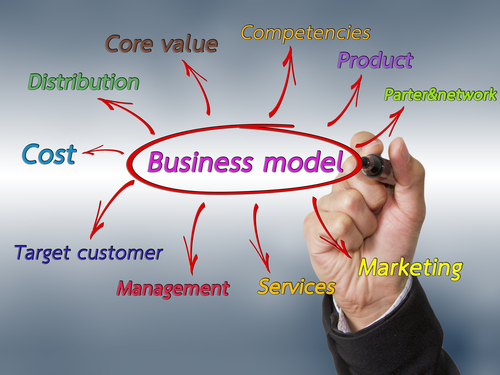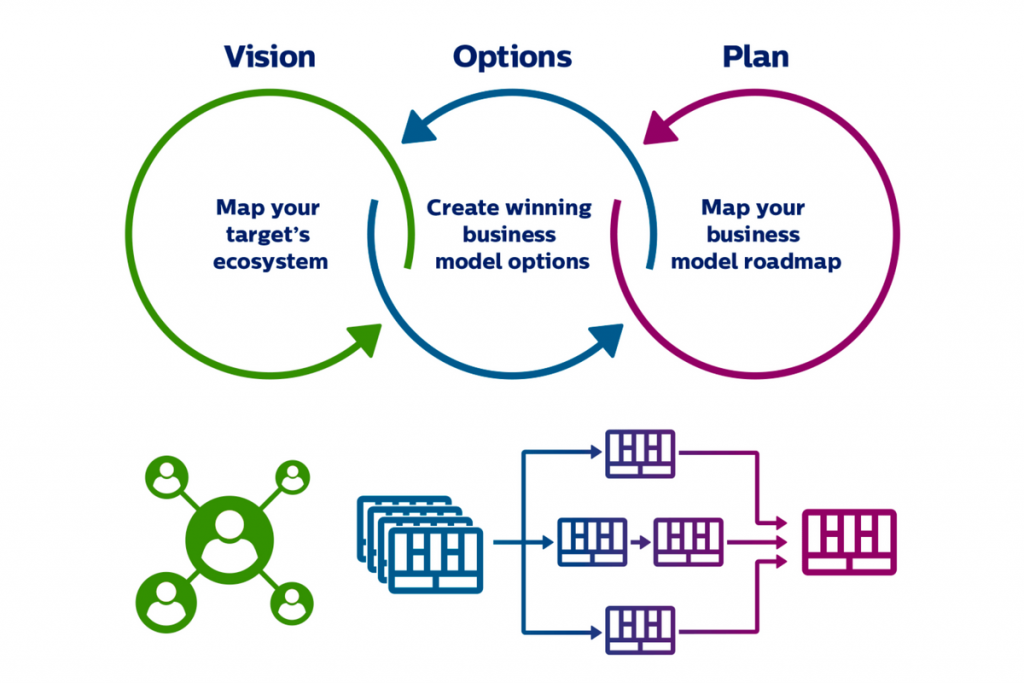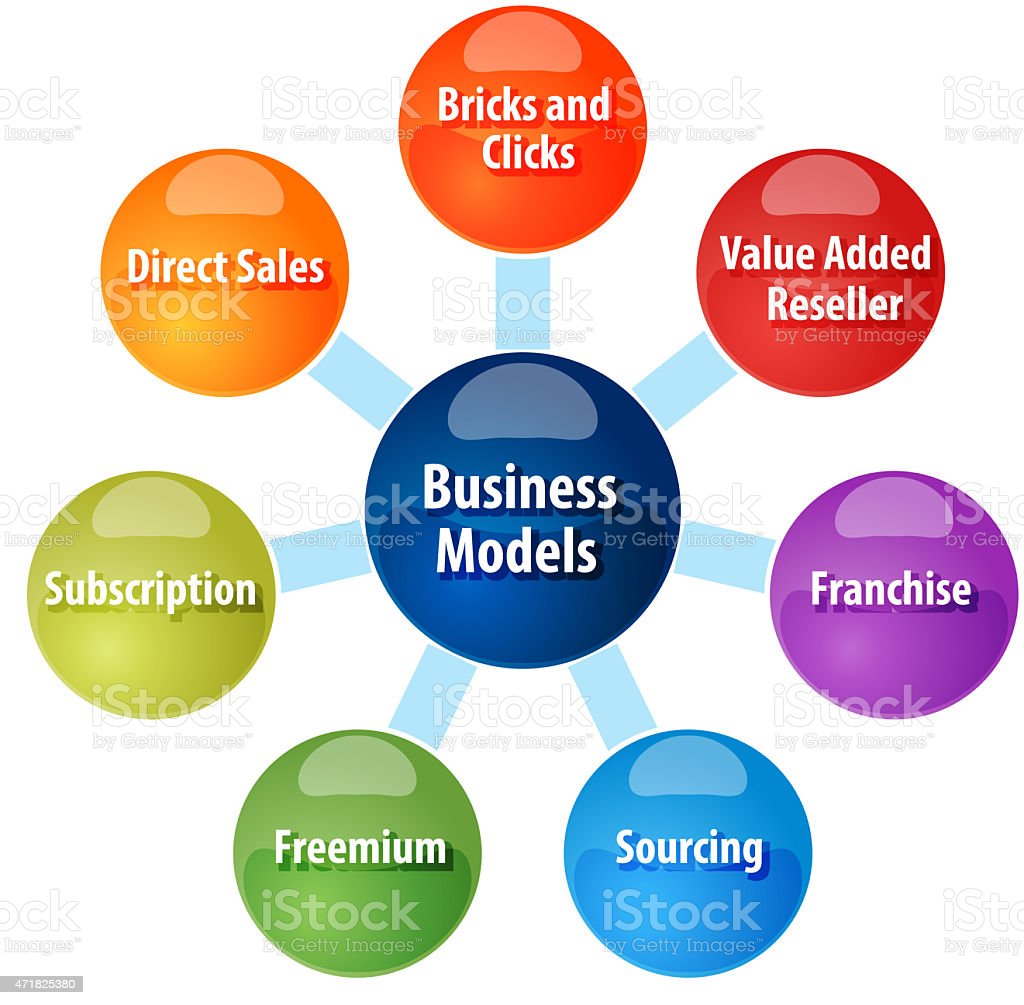When you are starting a business for the first time, one of the most important parts of this process is planning the business. Undoubtedly this can be the biggest challenge, you should take the time to determine what you will sell, who your customers will be, and how your business will make money. For this purpose, you may want to choose a business model that should be incorporated into your strategy and research. In this article, we’ll introduce you to what is business model and describe the various kinds of business models.
What is Business Model?

The term business model refers to a Structure or framework of how a company plans to make money with its product and customer base in a specific market. A business model answers fundamental questions about the problem you are going to face how you will solve it and the growth opportunity within a given market. It identifies What product or service a company will sell, how it intends to market that product or service, who its target market is, and any required expenses, how you provide clients with value at a reasonable price. The business model is important for both new and established businesses.
The business model helps business owners to experiment, test, and model cost and revenue streams in a variety of ways. If you are just starting out, you should find potential business models that can help you determine if your business idea is feasible, attract investors, and develop your overall management strategy. In established businesses, it serves as the basis for setting up financial forecasts and setting a baseline for reviewing your business plan.
How To Create a Business Model?
Companies in every industry and at all stages of maturity use the business model. Some of them rely on lengthy processes and build complex models, while others move faster to clarify the basics. All business models consist of the same basic components. A business model should outline a clear vision for your business and answer essential queries about your business. It should consist of the essential components related to your target customers, the market, organization strengths and challenges, essential elements of the product, and how it will be sold.
Key Components of Business Model:

You must conduct research on a few essential components before designing your business model. The following is a list of the components your business model must have:
A Broad and Clear Vision:
It is about the overview of your business vision. Your vision can be expressed in a few phrases, and it should end up with a clear mission statement for your business. While creating a vision, be sure to clearly state your business in positive words.
Key objectives
After your business vision, next, you should determine your top measurable objectives and how you’ll evaluate them. Your objectives may relate to your annual sales revenue, operating expenses, marketing plans, or hiring selections.
Target Market and challenges:
The third component of the business model is to identify the different types of target customers and their pain points. You must determine the customers that would be interested in the products or services and how you will attract the customers to your business offers. This section also includes a list of potential barriers that your target market may encounter when using the services offered by your business.
Problems and Solutions:
A good design business model includes solutions to your customer’s issues. These solutions should be feasible considering the resources at your disposal. It must consist of a list of surveys to better understand the customer’s problems and their solutions.
Value of Proportion:
This component of the business model describes how products and services meet the needs of the customer and the value of the product from the customer’s perspective. The value proposition outlines the unique combination of product, service, customer interactions, and brand image that your business offers.
Cost Structure:
Every business must establish a cost structure for its products or services. It should include a summary of the fixed and variable costs your business must incur to run, along with an explanation of how these affect pricing. This will help to determine how much will your products and services cost and how they will be sold.
Business market strategy:
This strategy of the business model includes selecting the channels you want to use to promote and sell your products or services. This strategy may include social media platforms, paid search and mobile app stores.
Types Of Business Models:

There are different types of business models. Some of the basic types of business models are as follows:
1.Manufacturer Model:
This is one of the traditional types of the business model used when the company makes finished products from raw materials or assembles prefabricated items to produce new goods. The business sells the items directly to the customers themselves or sells the middleman.
2. Distribution Model:
A company that uses the distributor business model buys goods from a manufacturer and sells them to either a retailer or the general public directly. The distributors face picking the right price point that allows them to make a profit on the sale but still offers competitive pricing.
3. Bundling Model:
This type of business model refers to the company selling two or more products together as a single unit, often for a lower price than they would charge selling the products separately. The business model allows companies to generate a greater volume of sales and potentially promote more challenging-to-sell goods or services. Since companies sell the goods for less, that’s why profit margins frequently decline.
4. Freemium model:
The popularity of the internet and Software-as-a-Service enterprises has led to an increase in the use of the freemium business model. With a freemium business model, a software firm serves and offers a unique product for its users for free and charges for premium features or services. The models allow unlimited use of basic features for free and only charge users who want access to more advanced functionality.
5. Leasing Model:
This business model is used when a company buys products from a seller, then the company allows customers to use the product for a passage of time. The customers must need to return the product that they were renting from you. The leasing model is most commonly used for high-priced products where customers may not be able to afford a full purchase but could afford to rent the product for a while.
6. Crowdsourcing model:
The crowd-sourcing model includes receiving opinions, information, or work from many different people using the internet or social media. These business models enable organizations to access a broad network of expertise without needing to hire internal staff.
7. One for One Model:
The one-for-one business model entails that a company donates one item to a charitable organization for each item that is purchased. This business strategy allows both the company and the client to genuinely participate in charitable activity.
8. Retailer Model:
In this business model, Businesses purchase stock from a manufacturer or distributor and then sell the products to the general public employing retail business models. Retailers can range from small businesses to massive chain stores, they frequently have both physical storefronts and online shops.
9. Online Marketplace:
Online marketplaces bring together several sellers on a single platform, where they then engage in price competition to offer the same good or service. The marketplace makes money by taking a commission on each sale made on its platform and bases its brand on many elements like trust, free and on-time home delivery, reputable sellers, etc.
Which Business Model is Best?
There are many different types of business models some of which are discussed above. The business model for each company will differ depending on the industry you are in and the problem you are trying to solve for your customers. Because every business has its own different needs and requirements, people must choose the business model according to their business needs.


